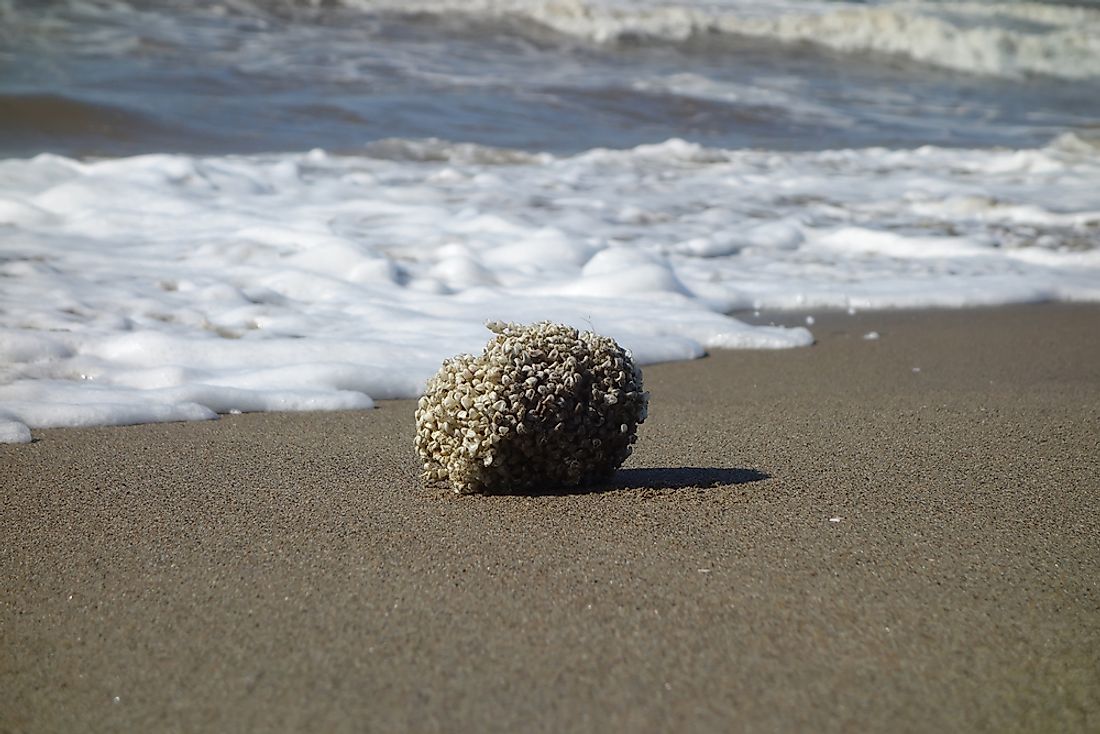Sea Sponge Facts - Animals of the Ocean

4. Physical Description
Sea sponges are multicelled immobile animals of phylum Porifera. They do not move when they are touched because they lack the nervous system. They have water intake and outlet openings (pores) though few of them (the carnivores) have lost the water flow systems. The numerous pores in their bodies help the sea sponges draw water in from which they get their food. Moreover, sea sponges come in various shapes, colors, and sizes. Some of them appear as a low-lying crust on a rock just like the liver sponge while others are even taller that human beings. Some sea sponges are branched, some are in masses or encrustations, and some look like tall vases.
3. Diet
Sea sponges lack distinct digestive, circulatory, excretory and respiratory systems. The water flow helps them by supporting all these functions. They, therefore, feed by filtering food particles out of the water that flows through them. Most sea sponges feed on microscopic life forms and organic debris particles. They are not picky because they feed on whatever the ocean current carries. For sustenance, sea sponges have the ability to digest tiny organisms and large particles. Sea sponges also grow on the coral reefs or near those places where they can access plenty of particles rich in nutrients. The species of sea sponges living in waters with an inadequate supply of food prey on crustaceans and other small animals, hence they are referred to as the carnivorous sponges. Some of these species use sticky threads or hooked spicules to capture prey, and most of them live in deep waters.
2. Habitat and Range
The distribution of sea sponges is worldwide, and they live in the oceans from polar to tropic regions. Most of them live in clear water as the sediments in unclear water can latch onto the sea sponge when they stir up due to currents or waves, making it harder for them to feed. The largest portion of sponges live on steady surfaces (like rocks). Sea sponges have less specie variation in mild waters compared to warmer waters as there are more organisms to feed on them in warm waters. The type of sea sponges called the glass sponges commonly live in frigid waters and the depths of tropical and temperate seas since they can easily extract food from these resource-poor waters with the help of their very porous construction. On the other hand, the calcareous and demo sponges are can be found in large numbers in shallow, warmer waters.
1. Behavior
Sea sponges attach themselves to the surface of materials on which they live. Some of them, however, can penetrate deep inside the coral, rocks, and shells. They defend themselves by shedding sponge spicules to form a dense carpet that keeps away the echinoderms from preying on them. Sea sponges collaborate with other organisms, for example, the Lissodendoryx colombiensis let the sea grass sponges surround it so that they protect it from the local starfish











